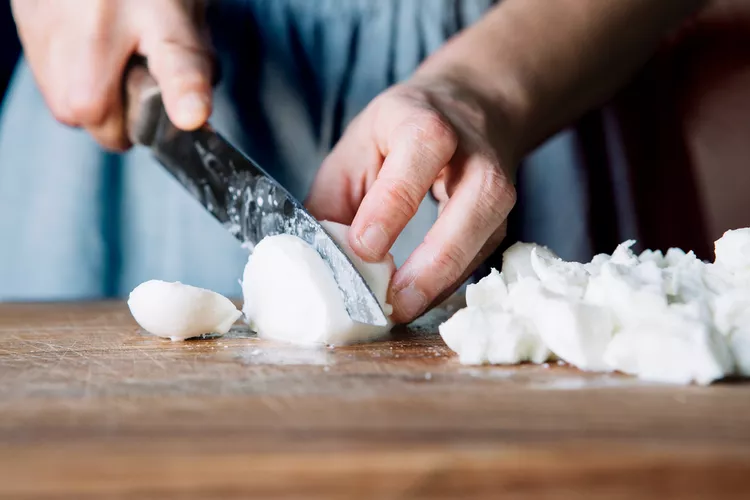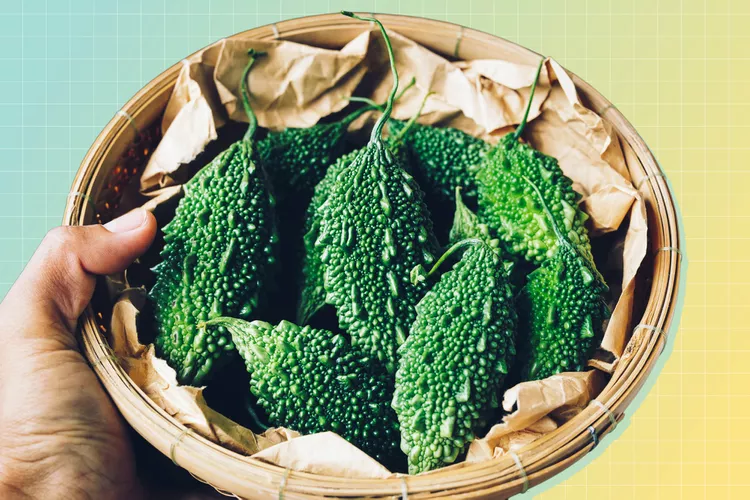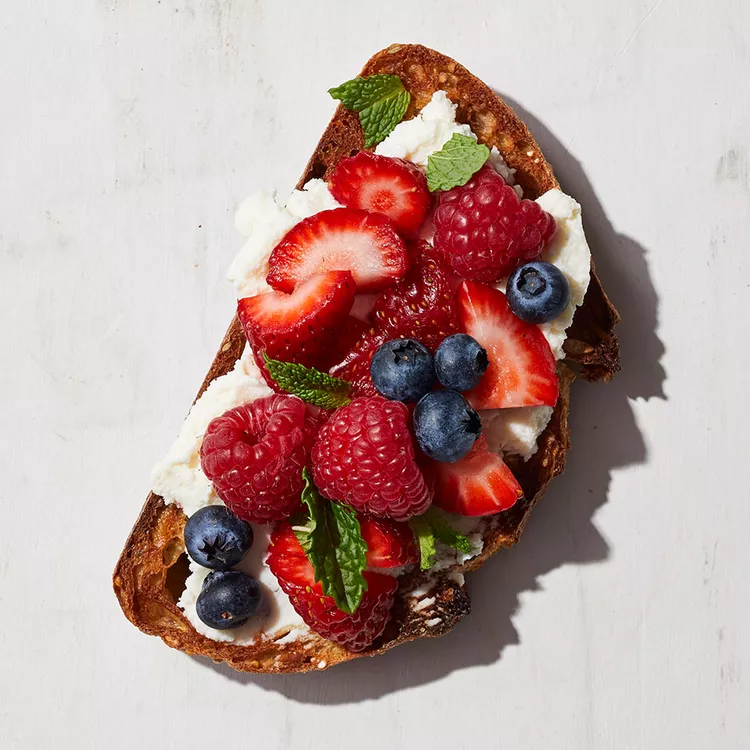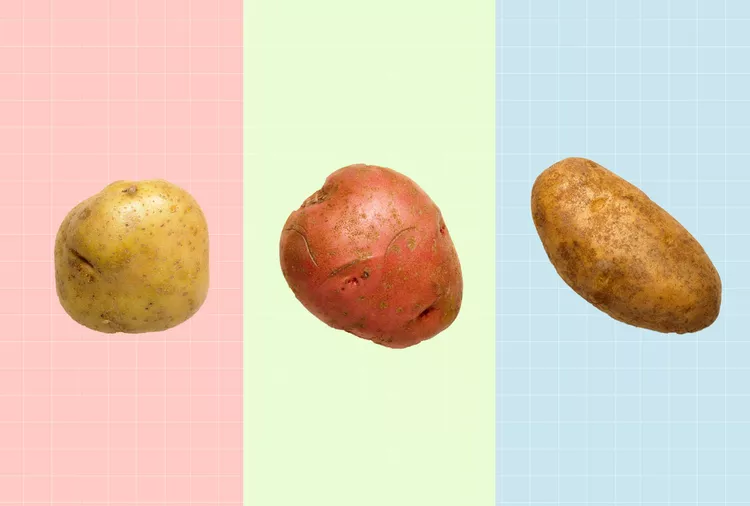Contents
What exactly is cocoa butter?
Cocoa butter often evokes thoughts of indulgent treats like chocolate bars, fudge layer cake, and chocolate chip ice cream. However, this delicious ingredient is also a key player in numerous skin creams and other health and beauty products. Unlike the cocoa-butter found in your favorite desserts, the kind used in your skincare routine won’t contribute to weight gain. But can it actually enhance your appearance?
Cocoa butter is a natural fat extracted from cocoa beans. To obtain cocoa-butter, the beans are harvested from the cacao plant, roasted, and then pressed to separate the fat from the solids. The remaining solids are subsequently processed into cocoa powder.
Cocoa has a rich history in medicine, dating back approximately 3,000 years. The ancient Aztecs and Mayans held cocoa in such high regard that they even used it as a form of currency. In recent years, studies have revealed that phytochemicals found in cocoa may provide numerous health benefits for both the body and the skin.
So, does ctruly enhance your skin’s appearance? Let’s delve into the scientific evidence supporting the claims about this sweet skincare powerhouse.
What are the benefits of cocoa butter?
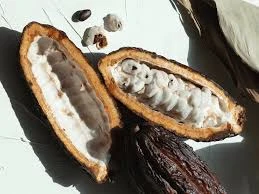
is renowned for its high content of fatty acids, which contribute to its impressive ability to hydrate and nourish the skin, while also enhancing elasticity. The natural fats found in cocoa-butter create a protective barrier on the skin, effectively trapping moisture and keeping it hydrated.
In addition to its hydrating properties, cocoa-butter is abundant in natural plant compounds known as phytochemicals. These beneficial substances may enhance blood circulation to the skin and combat the effects of aging by shielding against damage caused by the sun’s harmful UV rays.
One of the most popular uses of cocoa butter is its application in reducing the appearance of scars, wrinkles, and various skin imperfections. Many women turn to cocoa-butter creams and lotions during and after pregnancy in hopes of preventing and minimizing stretch marks. Furthermore, cocoa-butter has gained a reputation for aiding in the healing of skin irritations caused by conditions such as eczema and dermatitis. With its multifaceted benefits, cocoa-butter is a staple in many skincare routines aimed at promoting a healthy, radiant complexion.
What the research says

While cocoa butter offers a delightful fragrance and a luxurious feel when applied to the skin, the evidence supporting its effectiveness in improving skin appearance is limited. When it comes to addressing scars and stretch marks, current research has not provided compelling results. For instance, recent studies suggest that cocoa-butter may not perform any better than a placebo cream in preventing or reducing stretch marks.
However, there is some promising research indicating that cocoa-butter may help prevent and treat skin conditions. Its rich composition might also offer a protective barrier against damage that can contribute to premature aging. Nevertheless, these potential benefits require further investigation to be definitively confirmed through additional studies. As the science evolves, more concrete findings will help determine cocoa-butter’s true effectiveness in skincare regimens.
How does cocoa butter stack up against other moisturizers?
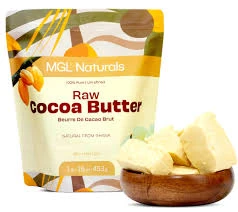
Due to its high fat content, cocoa-butter provides a richer and denser texture compared to many other moisturizers on the market. It is frequently compared to shea butter, which is derived from the seeds of the shea tree native to West and Central Africa. While both cocoa butter and shea butter are abundant in fatty acids, cocoa-butter is known for its sweet fragrance, which shea butter lacks.
Unlike cocoa-butter, shea butter is packed with essential vitamins that are believed to assist in repairing skin damage and enhancing the healing process. These beneficial properties make shea butter a popular choice for those seeking to improve their skin’s health and appearance. When considering the best moisturizer for your needs, it’s important to weigh the unique attributes of both cocoa butter and shea butter to find the ideal fit for your skincare regimen.
How to use cocoa butter
Cocoa-butter is a popular ingredient found in a variety of body lotions and creams due to its moisturizing properties. Since it is edible, cocoa-butter is also commonly used as an additive in certain lip balms. Many cocoa butter products are formulated with added sunscreen or vitamins to enhance their effectiveness. You can easily incorporate these cocoa butter-infused products into your daily skincare routine by applying them to your skin or lips.
However, it’s important to note that many cocoa-butter lotions and creams contain only a small percentage of cocoa-butter, mixed with other ingredients and additives. If you’re seeking a pure product, opt for cocoa-butter in stick form, which contains 100% cocoa butter. For those who prefer to avoid additives altogether, purchasing whole, unrefined cocoa-butter and melting it in hot water allows you to create your own customized skincare items.
Craft enthusiasts have taken the concept of cocoa-butter even further, developing their own homemade lines of cocoa-butter skincare products. Some individuals blend cocoa-butter with various oils, such as coconut oil or vitamin E oil, to create a nourishing moisturizing shampoo. Others have found success using cocoa-butter to formulate their own shaving lotions, tapping into its rich and hydrating properties for a smooth shave.
Risks and warnings
Cocoa-butter is widely regarded as safe for topical use on the skin. Manufacturers of cocoa-butter creams often claim that their products are suitable for use during pregnancy, providing a nourishing option for expecting mothers. However, individuals who are sensitive to cocoa-butter or any other components in cocoa-butter products may experience rashes or allergic reactions.
Concerns have been raised regarding the potential effects of added ingredients in cocoa-butter formulations. A 2015 study indicated that one specific cocoa-butter product exhibited anti-estrogenic effects, meaning it could reduce or block the activity of the female hormone, estrogen, in the body. Such exposure to products with anti-estrogenic properties may have implications for an adolescent’s development during puberty. Nonetheless, this research is still in its early stages, and cocoa-butter itself has not been conclusively proven to impact the development of children. Therefore, while cocoa butter is generally safe, it is always wise to perform a patch test before widespread use, especially for those with sensitive skin.
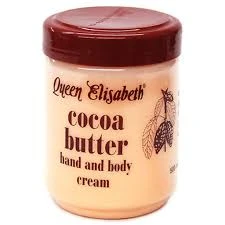
The bottom line
Cocoa-butter is a popular choice among many individuals due to its luxurious feel and the belief that it enhances the appearance of their skin. For most people, using cocoa butter is safe and can be a delightful addition to their skincare routine—provided there are no sensitivities to the ingredient.
You can easily find a variety of cocoa-butter products in supermarkets, drugstores, online retailers, and natural food stores. If you’re looking to avoid additives or prefer a more pure formulation, consider purchasing 100% cocoa-butter. This allows you to create your own personalized skincare products at home, ensuring you know exactly what you’re applying to your skin while harnessing the natural benefits of cocoa-butter.
Remember, these products haven’t been proven to improve skin tone, fade wrinkles, or reduce stretch marks. Most evidence supporting these claims is anecdotal.
If you’re seeking treatment for a specific skin care need, consult your doctor or dermatologist. They can help develop a skin care regimen that best suits your needs.



